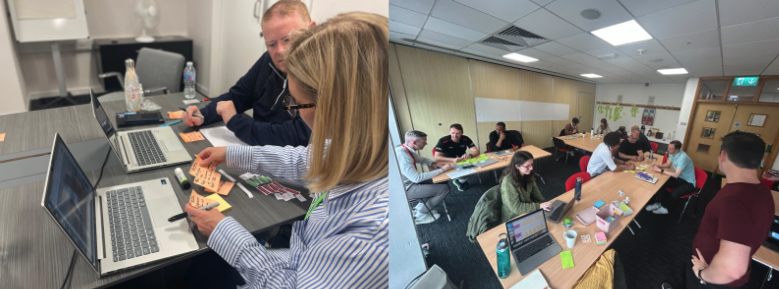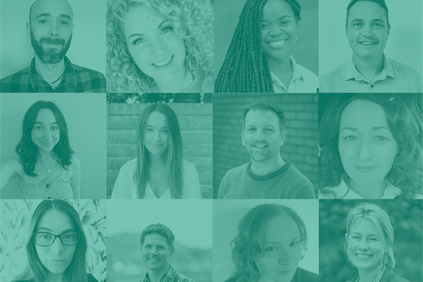What are service patterns?
We’re exploring how reusable service patterns can help teams across Wales design better digital services – more consistently, more efficiently, and with fewer barriers.
Service patterns are templates for common user journeys such as “apply for”, “book”, or “request”. While component libraries focus on individual interface elements, service patterns help teams map out whole journeys, using clickable ‘steps’. They’re designed to be adaptable, reusable, and accessible – no matter your technical background.
The diagram below shows how service patterns are structured across three levels. It explains how patterns can be adapted and combined to support different user journeys.

Diagram showing how service patterns work across three levels: journey type (such as apply or book), steps (such as verify identity or make a payment), and actions (individual interactions or pages)
- Journey type – what the user is trying to do, such as apply, book, check, pay, register, request or tell. These are common tasks across public services.
- Steps – the key stages in the journey, such as starting a service, verifying identity, making a payment or checking eligibility.
- Actions – the individual interactions or pages that make up each step, like uploading a document or selecting an option.
Learning from others
This work builds on earlier design system discovery and sprint activity. It connects four CDPS services and supports a more joined-up, user-centred approach to digital public services in Wales.
We’ve also drawn inspiration from others working in this space. Key influences include:
FutureGov and Essex council – their seven pattern categories gave us a useful starting point. We explored several libraries, and these categories worked best in our context.
EE Design Team – helped shape our thinking around ‘parent’ and ‘child’ journeys.
GOV.UK design community – inspired us with their visual approach to showing user flows.
Ute Schauberger – influenced how we think about patterns clicking together and how different levels relate.
What we’ve done so far
We’ve developed and tested a prototype service pattern library with:
- 13 groups from 4 organisations
- 4 mixed groups of designers from across the Welsh public sector
These included teams from Mid and West Wales Fire and Rescue Service, Blaenau Gwent County Borough Council, Sport Wales and Student Finance Wales. We also ran a separate workshop which mixed content, interaction, and service designers from different organisations in Wales.

In hands-on workshops, participants used the library to adapt a pattern and map one of their live services. This practical, real-world focus gave us valuable insights into how patterns could support service improvement.
We also worked with the Scottish Government design team to share learning, align on best practice, and move our thinking forward more quickly.

What we’ve learned
Key findings
- Basic patterns worked - Teams were able to map real services using our draft patterns, moving steps around and adapting flows.
- Improved usability - Patterns helped even those with limited design experience. This shows they lower the barrier to entry and support more consistent design across teams.
- CMS-ready - Most teams said they could build these flows in their own content management systems.
- Positive towards a shared pattern library - There’s clear interest in something that brings more consistency and reduces duplication.
- Must be customisable and flexible - Patterns need to be adaptable. They’re a starting point, not a one-size-fits-all solution.
Possible challenges
- Getting leadership buy-in – especially where services are seen as ‘already done’ or where legacy technology makes change difficult.
- Reliance on developers or third-party suppliers – which can limit how quickly teams can make changes.
- Need for education – teams need to understand what patterns are, how to use them, and why they matter, especially if design isn’t part of their day-to-day.
- Different levels of support needed – some teams need more tailored help. We need to meet people where they are.
Next steps
- Launch a minimum viable version of the pattern library over the summer, with one or two patterns as a starting point. Sign up to our newsletter to be the first to know when it’s live.
- Co-design more patterns – testing and learning by making
- Test service prototypes designed using the patterns with citizens
- Keep improving based on feedback
- Keep sharing what we learn
- Keep connecting with others working in this space
Interested in using or contributing to the pattern library or a workshop with your organisation? Get in touch – we’d love to work with you.
